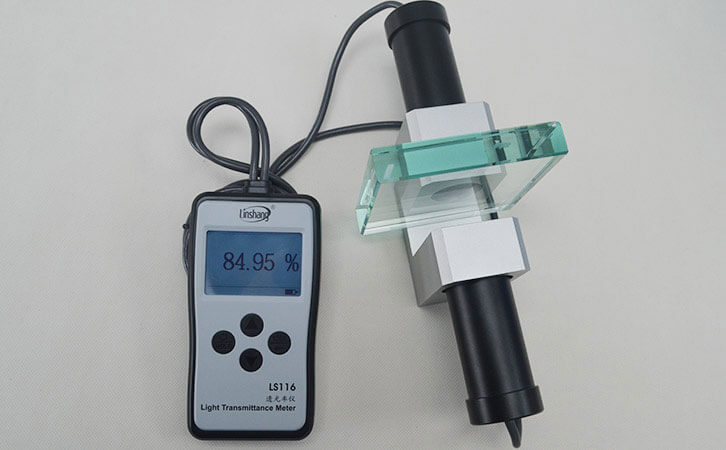Use Window Tint Meter to Test Glass Quality
In daily life, people evaluate the pros and cons of goods such as glass and plastic films often based on intuitive light transmittance. In other words, the light transmittance greatly affects the intensity of light incidence and people's perception. A precise window tint meter is required to test the quality of glass. In the professional definition in the field of science and technology, light transmittance is a physical word that indicates the ability of light to pass through a medium. It is the ratio of the transmitted light intensity to the incident light intensity.
I. Application industry and performance of light transmittance
In the architectural glass industry, automotive glass industry, film industry, transparent acrylic board industry and many other industries, the strict monitoring of product light transmittance not only needs to meet the high-quality requirements of appearance, but also meet the quality requirements of lighting and scientific refraction in order to enhance the competitiveness of manufacturers. High light transmittance glass not only has high transmission and low reflection performance, but also has high plasticity.
2. The window tint meter measurement principle and the requirements of the glass light transmittance
For most people, the detection principle of the window tint meter is very simple and easy to understand, that is, using a parallel light path to allow the measured substance to be fully illuminated by a visible light source. The sensors detect the incident light intensity of the light source and the transmitted substance. Glass can be roughly divided into single-layer glass and multi-layer composite glass. The lighting quality is a common important index for evaluating their quality. Generally speaking, the thickness of flat glass of the same thickness is 6mm. The transmittance of float white glass is generally 82-83%, while the transmittance of ultra-white glass is 91-93%. The transmittance of some glass can even reach more than 93%. Then the window tint meter is an indispensable machine to help people quickly choose high-quality transparent products. It can test and calculate the final transmittance of glass products.
3. The development trend of window tint meter
As a big producer of glass manufacturing in China, China often has high requirements for the technical level and production procedures of glass manufacturing. The requirements of modern life for glass products are often high comfort, energy saving and indoor lighting. In general, It is necessary that the higher the glass daylighting rate, the better.The lower the haze. This means that the window tint meter needs to be able to measure materials with large thickness. The meter should also has intelligent digital displa and high resolution. The high-quality window tint meter can test high-transmittance glass.
- Linshang Insulated Glass Unit Measuring Tools
- Spectacle lens anti-blue light detection---blue-violet light transmittance meter
- Measurement of Optical Density
- Difference of LS116 Transmission & LS117 OD Meter
- Difference between LS116 and LS117 Light Transmittance Meter
- What’s the Difference Between Point Light and Parallel Light Transmittance Meter
